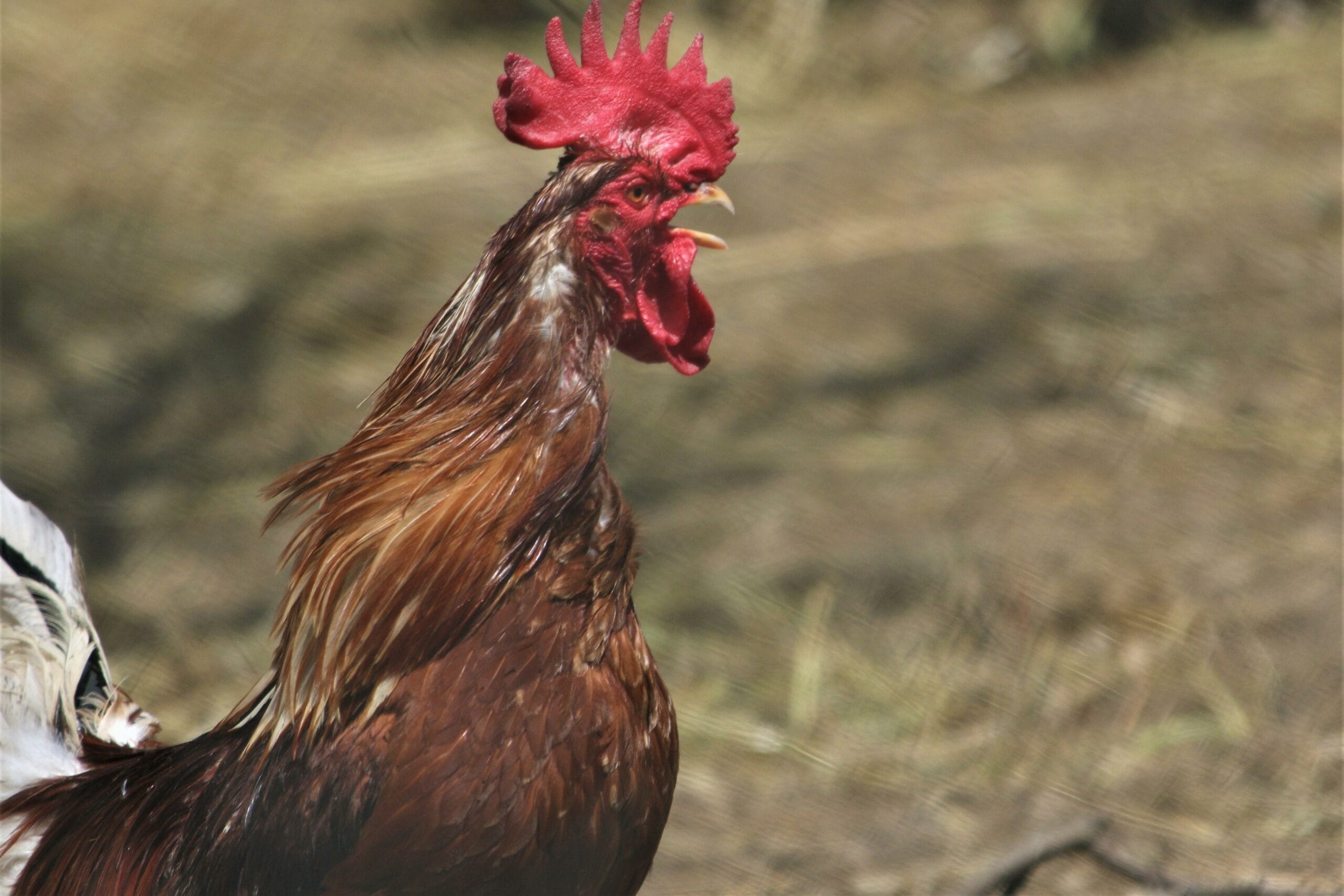Unraveling the Rooster’s Morning Chorus
The rooster’s crow at daybreak is a familiar sound, often marking the start of a new day. But have you ever wondered why these feathered timekeepers are so vocal at dawn? It turns out that the rooster’s crow is more than just a random outburst; it’s a complex behavior rooted in biology, social dynamics, and a dash of rooster attitude.
The Science Behind the Sunrise Serenade
Roosters, like many animals, possess an internal biological clock known as a circadian rhythm. This rhythm, synchronized with the 24-hour cycle of day and night, regulates various bodily functions, including sleep-wake patterns. As the sun begins to rise, even before it’s fully light, a rooster’s circadian rhythm signals that it’s time to start the day. This internal alarm clock, influenced by light exposure and hormonal changes, prompts the rooster to greet the dawn with a resounding crow.
[https://www.lolaapp.com/why-does-a-cockerel-crow]: Why does a cockerel crow?
Research Spotlight:
A 2013 study published in Current Biology demonstrated that roosters have an internal biological clock that allows them to anticipate daybreak, suggesting that their crowing is not simply a reaction to external light cues, but an internally driven behavior.
More Than Just a Wake-Up Call: The Language of Crowing
While the rooster’s internal clock plays a key role in morning crowing, their vocalizations serve a variety of purposes throughout the day, acting as a sophisticated form of communication within the flock.
Staking Their Claim: Crowing as Territorial Defense
Imagine a rooster’s crow as his way of saying, “This is my turf!” Crowing serves as an auditory announcement of the rooster’s territory, warning other roosters to stay away. This assertive behavior helps to minimize territorial disputes and maintain a stable social order within the flock.
A Feathery Symphony: Crowing and Social Hierarchy
Within a flock, roosters establish a pecking order, a social hierarchy that dictates dominance and access to resources. Crowing plays a crucial role in establishing and maintaining this hierarchy. The rooster who crows most frequently, and with the most vigor, is often the dominant male, signaling his status to the rest of the flock.
Love is in the Air: Crowing to Attract a Mate
Just as birdsong fills the air during mating season, a rooster’s crow serves to attract potential mates. The quality and frequency of crowing can signal a rooster’s health and genetic fitness to hens, increasing his chances of reproductive success.
Sounding the Alarm: Crowing as a Warning System
Roosters aren’t just concerned with internal flock matters; they also act as vigilant protectors. If a rooster senses danger, such as a predator lurking nearby, he’ll let out a sharp, urgent crow, alerting the hens and chicks to seek safety. This instinctive alarm system highlights the rooster’s crucial role in flock survival.
Deciphering the Crowing Code: Factors That Influence Rooster Vocals
While the circadian rhythm is a primary driver of crowing, a variety of factors influence a rooster’s vocal behavior.
- Light: Even though the internal clock dictates the general timing, roosters are highly sensitive to light, particularly blue wavelengths. This explains why a rooster might crow under a full moon, mistaking its brightness for dawn, or respond vocally to artificial light sources.
- Sound: Unexpected or sudden noises, such as a car backfiring, a dog barking, or the crow of a rival rooster, can trigger a rooster to crow in response. This auditory vigilance helps to keep the flock safe and maintain order.
- Social Dynamics: The presence and behavior of other roosters can also influence crowing frequency. In smaller flocks, or when roosters are confined to close quarters, competition for dominance and resources might lead to increased crowing as roosters assert themselves.
The Rooster’s Repertoire: Crowing Variations and Individuality
Just as human voices differ, so do the crows of roosters.
- Individual Differences: Roosters, like people, have unique personalities. Some are naturally more vocal than others. This inherent tendency toward talkativeness, or reticence, can lead to variations in crowing frequency and intensity.
- Breed Differences: Certain chicken breeds are renowned for their crowing habits. Larger breeds, such as Brahmas and Cochins, often have deeper, more booming crows, while bantam roosters, known for their smaller size, typically have higher-pitched crows that might be described as squawks or chirps.
Beyond the Barnyard: The Cultural Significance of Roosters
Roosters and their crowing hold cultural significance in many societies around the world. From ancient folklore to modern symbolism, the rooster’s crow has been associated with a variety of beliefs and traditions.
- Harbingers of Dawn and New Beginnings: In many cultures, the rooster’s crow is seen as a symbol of the rising sun, a new day, and fresh starts. They are often associated with dispelling darkness and ushering in light, both literally and metaphorically.
- Guardians and Protectors: Roosters are often viewed as protectors, their crows serving as warnings against danger or evil spirits. In some cultures, roosters are believed to possess the ability to ward off negativity and bring good luck.
A Deeper Understanding
The rooster’s crow, far from being a simple annoyance, reveals a complex interplay of biology, social behavior, and environmental influences. By delving into the science behind the crow, we gain a deeper appreciation for these feathered creatures and their role in the barnyard and beyond.
- SYBAU See You Baby Meaning: Gen Z Slang Evolves - July 1, 2025
- Unlock Your Inner Youth: Lifestyle Secrets for a Vibrant Life - July 1, 2025
- Decode SYBAU Meaning: Gen Z Slang Explained - July 1, 2025






